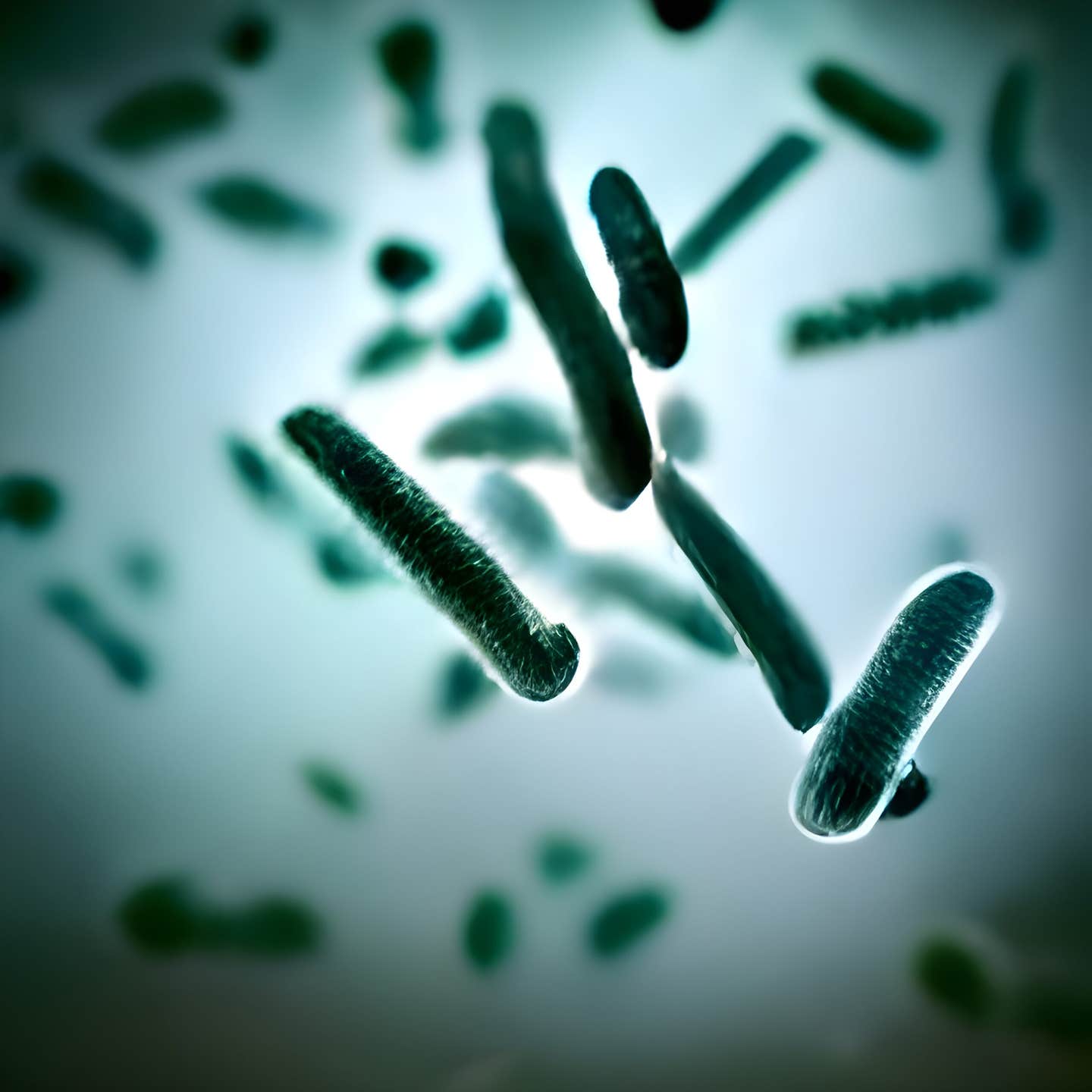Scientists may have discovered a reversible male contraceptive
Despite significant advances in various fields, contraception options have remained limited, especially for men

Over the past 60 years, the world’s population has surged, growing more than 2.6-fold. By 2037, it is projected to reach 9 billion, up from 8 billion in 2022. This rapid increase underscores the urgent need for effective family planning methods. However, despite significant advances in various fields, contraception options have remained limited, especially for men, who still lack an oral contraceptive pill.
A breakthrough study published in the journal Science by researchers at Baylor College of Medicine, in collaboration with other institutions, may offer a promising solution. Their research on animal models demonstrates a novel, non-hormonal, sperm-specific approach that could pave the way for a reversible male contraceptive.
“Although researchers have been investigating several strategies to develop male contraceptives, we still do not have a birth control pill for men,” said Dr. Martin Matzuk, the corresponding author and director of the Center for Drug Discovery at Baylor. “In this study, we focused on a novel approach – identifying a small molecule that would inhibit serine/threonine kinase 33 (STK33), a protein specifically required for fertility in both men and mice.”
Previous research has shown that STK33 is highly concentrated in the testis and is crucial for producing functional sperm. In mice, the absence of the Stk33 gene results in sterility due to defective sperm and reduced sperm motility. Similarly, men with mutations in the STK33 gene experience infertility caused by the same sperm abnormalities observed in the Stk33 knockout mice. Importantly, both mice and men with these mutations exhibit no other defects and have normal testis size.
“STK33 is therefore considered a viable target with minimal safety concerns for contraception in men,” Matzuk explained. “STK33 inhibitors have been described but none are STK33-specific or potent enough for disrupting STK33 function in living organisms.”
The research team employed DNA-Encoded Chemistry Technology (DEC-Tec) to screen a multi-billion compound collection for potent STK33 inhibitors.
Related Stories
“Our group and others have used this approach before to uncover potent and selective kinase inhibitors,” said Dr. Angela Ku, the study’s first author and a staff scientist in the Matzuk lab.
Through this screening, the researchers identified potent STK33-specific inhibitors and developed modified versions to enhance their stability, potency, and selectivity. “Among these modified versions, compound CDD-2807 turned out to be the most effective,” Ku noted.
The efficacy of CDD-2807 was then tested in a mouse model. “We evaluated several doses and treatment schedules and then determined sperm motility and number in the mice as well as their ability to fertilize females,” explained Dr. Courtney M. Sutton, a postdoctoral fellow in the Matzuk lab.
Compound CDD-2807 successfully crossed the blood-testis barrier and significantly reduced sperm motility and numbers at low doses, leading to decreased fertility in mice. “We were pleased to see that the mice did not show signs of toxicity from CDD-2807 treatment, the compound did not accumulate in the brain, and the treatment did not alter testis size,” Sutton said. “Importantly, the contraceptive effect was reversible. After a period without CDD-2807, the mice recovered sperm motility and numbers and were fertile again.”
Structural Insights and Future Prospects
The study also provided the first crystal structure of STK33. “Our crystal structure showed how one of our potent inhibitors interacts with STK33 kinase in three dimensions,” said Dr. Choel Kim, co-author and associate professor of biochemistry and molecular pharmacology at Baylor. “This enabled us to model and design our final compound, CDD-2807, for better drug-like properties.”
“This study was a tour de force by our team in the Center for Drug Discovery at Baylor and our collaborators,” said Dr. Mingxing Teng, co-author and assistant professor at Baylor. “Starting with a genetically validated contraceptive target, we were able to show that STK33 is also a chemically validated contraceptive target.”
Looking ahead, Dr. Matzuk emphasized the importance of further research. “In the next few years, our goal is to evaluate this STK33 inhibitor and compounds similar to CDD-2807 in primates to determine their effectiveness as reversible male contraceptives.”
With further research and development, this novel approach could provide a reliable, reversible contraceptive option for men, addressing a long-standing gap in family planning methods. The team's innovative work at Baylor College of Medicine not only advances our understanding of male fertility but also opens new avenues for safe and effective contraception.
For more science stories check out our New Discoveries section at The Brighter Side of News.
Note: Materials provided above by The Brighter Side of News. Content may be edited for style and length.
Like these kind of feel good stories? Get the Brighter Side of News' newsletter.



